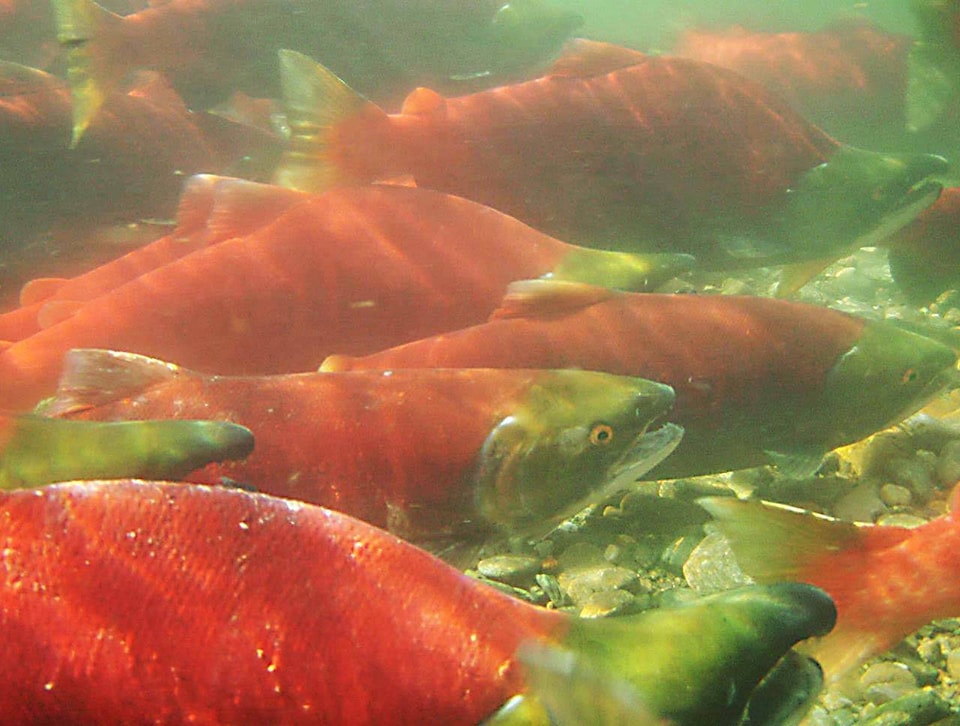Fraser River salmon returns for 2017 have been very low.
The fish heading up-river to spawn are significantly below forecast levels, so that means limited fishing opportunities for everyone.
Following conservation in terms of DFO priorities is providing Indigenous communities with food, social and ceremonial (FSC) fishery openings, which have been few so far this year.
“It is challenging,” acknowledged Jennifer Nener, DFO Pacific Region’s director of salmon management, on a conference call to offer an in-season update on Fraser salmon with West Coast media on Friday.
Complaints about the lack of recreational openings for chinook salmon have been received by DFO in the wake of its cautious management adopted for conservation reasons.
“Some may see Indigenous people fishing and conclude there is no longer a conservation concern. But I would like to reiterate we have a conservation concern, and we have to minimize bycatch impacts.”
An 18-hour opening was held for marine food fisheries for chum and chinook, which also allowed First Nations fishers to retain “mortally wounded or injured” sockeye that would otherwise wouldn’t make it, as a way to increase allocations.
Overall the Fraser salmon returns are below the median estimated return of 4.4 million. At this point the 2017 returns are expected to be about 1.5 million.
That’s only slightly above last year’s paltry return of 850,000 fish.
“It will certainly be an improvement over last year’s returns,” said Nener, but the numbers are still down.
But there is no total allowable catch (TAC) for this year, and DFO reps are managing for conservation.
Nener said exceptionally warm ocean conditions from 2014-16 have are thought to have had a big impact on 2017 stocks. Poor feeding conditions for the fish are from what’s become known as the “warm blob” in the ocean.
“One of the keys to protecting the future of salmon stocks is effective monitoring and enforcement to detect and deter illegal fishing activity by all user groups,” said Nener.
To report a violation: http://www.dfo-mpo.gc.ca/fm-gp/enf-loi/report-signaler-eng.htm
